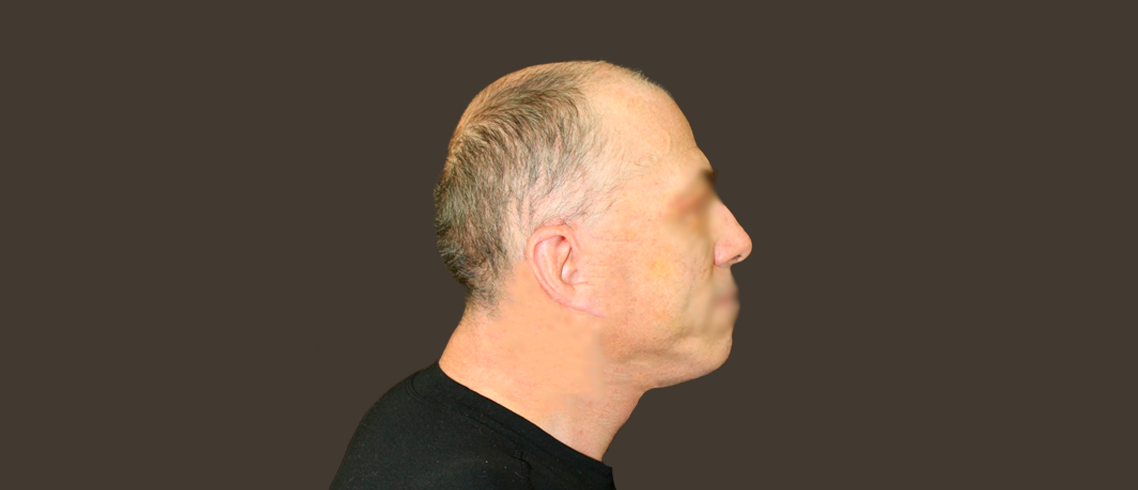Eyelid surgery, technically known as blepharoplasty, is a procedure to remove fat and excess skin and muscle from the upper and lower eyelids. Blepharoplasty can correct the lower eyelid droop and the lower bags, characteristics that make us appear older and more tired than we are and that, in some cases, can interfere with vision.
FAQ
1Who is the ideal candidate to undergo blepharoplasty?
The ideal candidates for undergoing blepharoplasty are those who seek improvement, not absolute perfection, in their appearance. If you have a good general state of health, have a psychological stability, and are realistic in your expectations, you will be a good candidate.
2The surgery
It is usually performed under local anesthesia plus sedation, or less frequently, under general anesthesia, depending on your surgeon's preferences. If performed with local anesthesia plus sedation, the patient feels relaxed and the eyelids are insensitive to pain; With general anesthesia the patient is asleep during the operation.
The intervention usually lasts between one and 3 hours, or more when associated with other interventions. If all four eyelids are going to be done, it usually starts with the upper eyelids.
3The return to normal
After surgery, an ointment will be applied to the eyes to lubricate them, and in some cases, a soft bandage. You may have discomfort on the eyelids; if there are any, they are easily relieved with the medication prescribed by your surgeon (if you have severe or persistent pain you should tell your surgeon).
You should keep your head elevated for a few days after surgery and apply cold compresses to reduce inflammation and bruising.
4The results
The scars may look pink during the first months. Progressively they will disappear until they become a clear line almost invisible. The results of blepharoplasty, a younger and more awake appearance, remain years; In many cases, the results are permanent.




